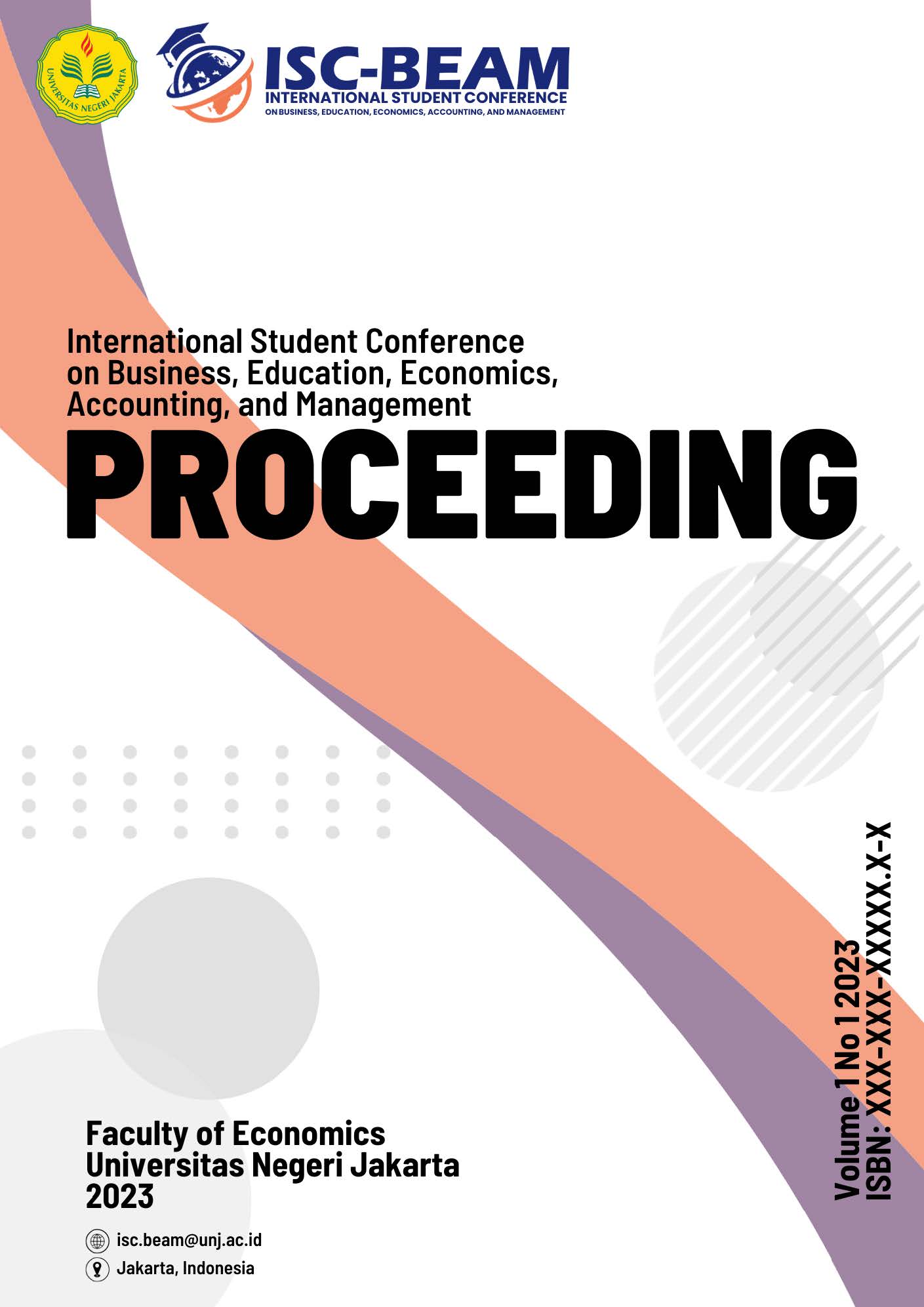Analysis of Risk Management in Construction of Bin Qasim Industrial Park, Karachi.
DOI:
https://doi.org/10.21009/ISC-BEAM.011.74Keywords:
Industrial development, SEZ, Pakistan industrial development corporation, SWOT analysis, risk identification and automotive based industrial zoneAbstract
With ongoing globalization and trade liberalization, most economies are now focusing on export-led development strategies. In this framework, industrial parks are considered to be essential resources for local industrial development. Clustering businesses within industrial parks offer various benefits for small, medium, and large enterprises. These advantages include access to public infrastructure, cost-saving opportunities through shared facilities, and enhanced access to research and vocational/technical resources, among other essential inputs (Abuja and Eaton, 2010). This in turn makes their products competitive in the domestic and international markets. A project Bin Qasim Industrial Park (BQIP) is an initiative in this regard an urban area. The project has been delayed for almost 2 years due to multiple reasons and not a well-controlled risk management process. Therefore, the business objectives have been reduced but somehow, the project is successful because the long-term goal has been achieved and still, organizations get some revenue. In this research, SWOT analysis has been revised against the need for such industrial parks in urban areas. An effort has also been made against findings of potential risks involved in establishing such large-scale industrial parks, risk identification, risk assessment, and their mitigation or response. Therefore, it has been summarized that a well-planned Industrial Zone for all categories especially an automotive-based industrial zone could cater to the needs of its potential investors and hence encourages them to invest capital in setting up industries suitable to the area. This study helps in risk management and the establishment of such projects.
References
Wikipedia. (n.d.). Special economic zone. In Wikipedia. Retrieved from https://en.wikipedia.org/wiki/Special_economic_zone
Board of Investment Pakistan. (n.d.). Special Economic Zones. Retrieved from https://invest.gov.pk/sez#:~:text=The%20fiscal%20benefits%20under%20the,for%20 a%20period%20of%20ten
Board of Investment Pakistan. (2019). SEZ RULES. Retrieved from https://invest.gov.pk/sites/default/files/2019-01/SEZ_RULES.pdf
MITRE Corporation. (n.d.). Risk identification. In Systems Engineering Guide. Retrieved from https://www.mitre.org/publications/systems-engineering-guide/acquisitionsystems-engineering/risk-management/riskidentification#:~:text=Definition%3A%20Risk%20identification%20is%20the,risk%2C%20risk%20identification%2C%20risk%20management
DTU Management Engineering. (n.d.). Impact and Probability in Risk Assessment. Retrieved from http://apppm.man.dtu.dk/index.php/Impact_and_Probability_in_Risk_Assessment#:~:text=The%20probability%20assessment%20involves%20estimating,%3B%20i.e.%2C%20opportunities%20and%20threats.
Karabacak, B., & Sogukpinar, I. (2005). ISRAM: information security risk analysis method. Computers & Security, 24(2), 147-159.
Serpella, A. F., Ferrada, X., Howard, R., & Rubio, L. (2014). Risk management in construction projects: A knowledge-based approach. Procedia - Social and Behavioral Sciences, 119, 653–662.
Sehat, S., & Alavi, S. S. (2010). The necessity of application of risk management to thirdparty insurance, and the impact of new third-party insurance laws on the related risks. Journal of Insurance World News, 144–145.
Abuja, M., & Eaton, D. (2010). Towards a Risk Management Framework for Libyan House-Building Projects [Online]. University of Salford.
Kines, P., Andersen, L. P. S., Spangenberg, S., Mikkelsen, K. L., Dyreborg, J., & Zohar, D. (2010). Improving construction site safety through leader-based verbal safety communication. Journal of Safety Research, 41, 399–406. https://doi.org/10.1016/j.jsr.2010.06.005
Lee, K. P., Lee, H. S., Park, M., Kim, H., & Han, S. (2014). A real-time location-based construction labor safety management system. Journal of Civil Engineering and Management, 20, 724–736. https://doi.org/10.3846/13923730.2013.802728
Tang, S., Shelden, D. R., Eastman, C. M., Pishdad-Bozorgi, P., & Gao, X. H. (2019). A review of building information modeling (BIM) and the internet of things (IoT) devices integration: present status and future trends. Automation in Construction, 101, 127–139. https://doi.org/10.1016/j.autcon.2019.01.020
Koc, K., & Gurgun, A. P. (2022). Scenario-based automated data preprocessing to predict the severity of construction accidents. Automation in Construction, 140, 20. https://doi.org/10.1016/j.autcon.2022.104351
Kang, K., & Ryu, H. (2019). Predicting types of occupational accidents at construction sites in Korea using a random forest model. Safety Science, 120, 226–236. https://doi.org/10.1016/j.ssci.2019.06.034






